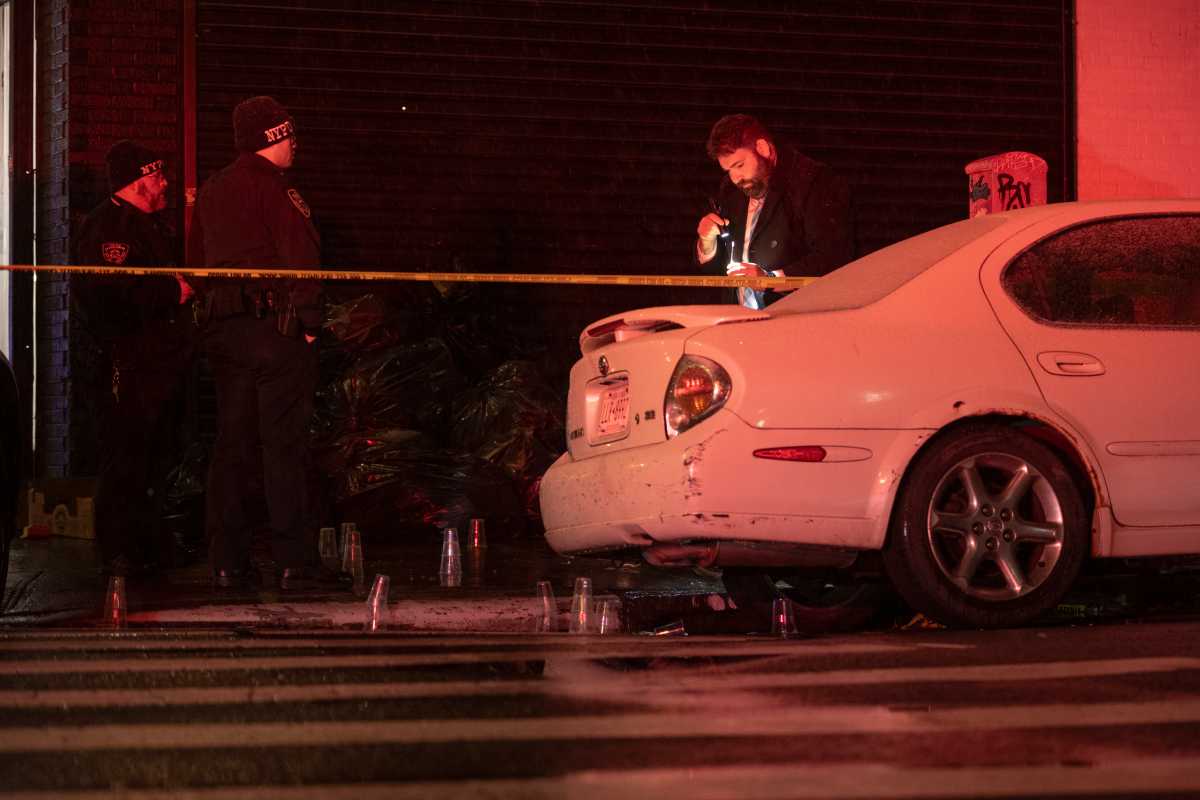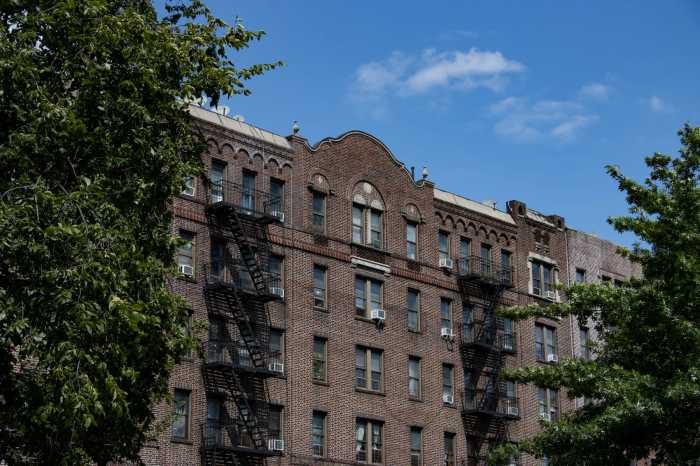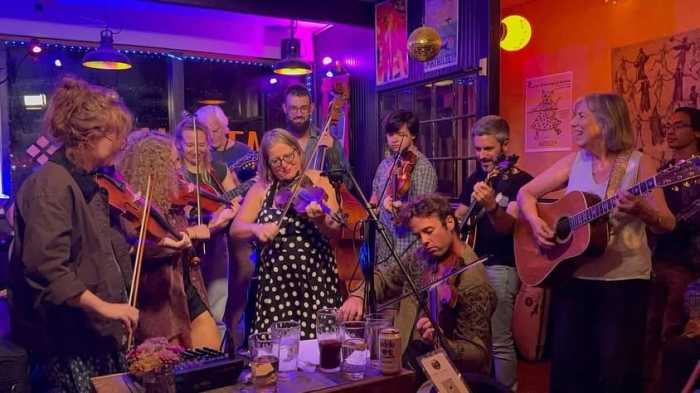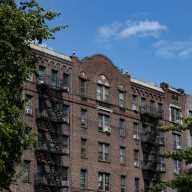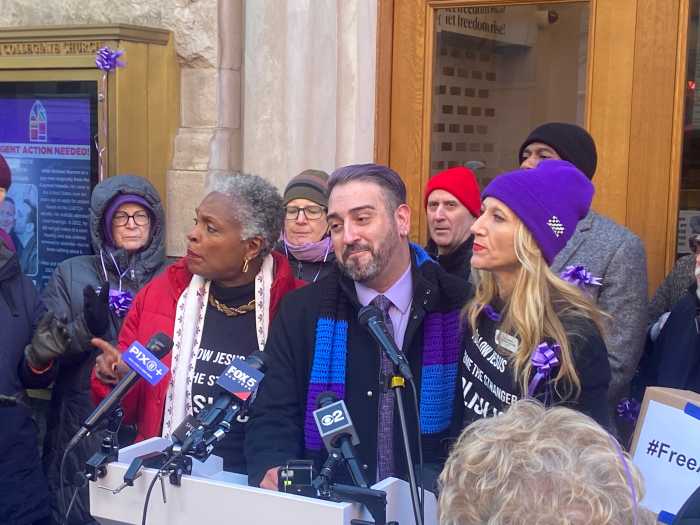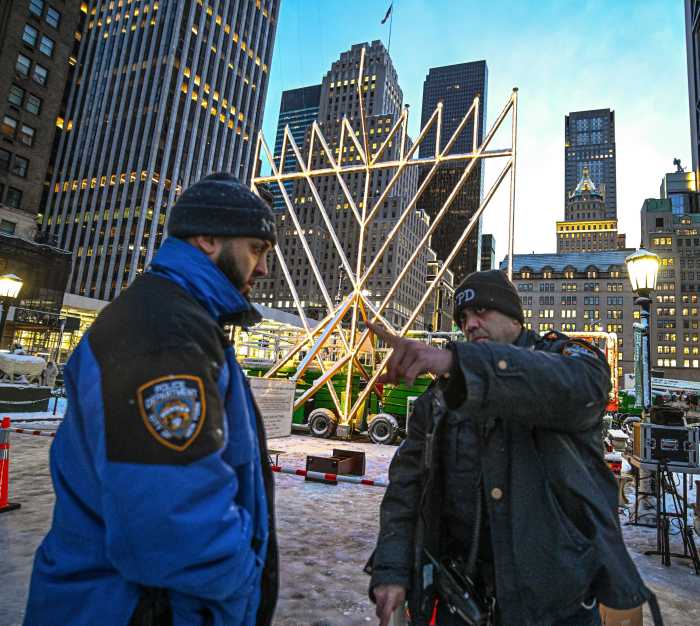Following a public hearing on the proposed Brooklyn Bridge Park on Monday,
Community Board 6 called the state’s draft environmental impact study
inadequate and asked for the planners to scale back planned private condominium
development on the waterfront and provide more analysis of alternate active
uses, transportation and parking.
Two days later, the full board ratified the motion drafted by its executive
committee, calling for further review of the current plan — which
depends for most of its revenue on the construction of 1,200 luxury condominium
apartments — while still advocating “the concept of a park.”
The bulk of the condos would be created in a 30-story tower and two lower
buildings at the Atlantic Avenue end of the planned waterfront development,
which abuts CB6.
During last Monday’s public hearing, Councilman David Yassky, whose
district encompasses neighborhoods that would border the park — Brooklyn
Heights and also a portion of DUMBO, Vinegar Hill and Cobble Hill —
announced his unwavering support for the park plan, and discouraged constituents
from seeking to delay the process of its construction any longer.
The Sept. 12 hearing, at Long Island College Hospital, was held to offer
a platform to community members, many of whom have raised issue with the
park’s current design. The current plan, announced last December,
presents a radically altered development — along the waterfront between
Jay Street and Pier 6 at Atlantic Avenue — from the original plan,
which had included public input gathered at numerous planning sessions
held throughout 2001.
Over the course of two hours of testimony, it became clear that the majority
of the 75-member audience had problems with the plan.
“We support a publicly financed park,” said Warren Berger, of
the Sierra Club, pointing out that the park’s requirement to be self-financing
set a bad precedent for all future park development. “The Sierra
Club does not support this particular referendum. This is not a role that
is acceptable for public parks,” he said.
Many people talked about the changes that were introduced following the
illustrative master plan developed between 2000 and 2003, which, while
still drawing criticism, had garnered the support of most of the surrounding
neighborhoods. That plan did not include housing.
“In 2000, we were presented with a park plan everyone could well
endorse,” said Laurie Maurer, a Cobble Hill architect. “In 2005,
the park plan does not include that plan, or even consider it as an alternative
[in the DEIS],” she said.
Maurer cited as the things lost, “a bus drop-off, visitors center,
tennis courts, handball courts, a skating rink, rooftop basketball courts,
a possible connection to the Clark Street subway station in Brooklyn Heights,
a swimming pool and landscaping.
“Instead, what we have is housing, a mound at the north end of the
park, a marina, vehicular access, a floating walkway, and lots of existing
buildings” which, she said, have no use designated in the study.
She called it a public park “to which the public would have limited
access and limited interest.”
“We were told that the [2000] plan was just lollipops and candy canes,”
Maurer said, citing what she said planners had called the old plan in
recent meetings to explain the new plan.
“That suggests to me that we were naive to believe that this was
a real plan, and I really feel that it was a bait and switch.”
Immediately after Maurer finished, Yassky spoke.
“I support the park and I think the park will be a valuable amenity,”
said Yassky, who chairs the council’s waterfronts committee.
“I want to see it go forward with all possible speed so suggestions
to stop or throw out the EIS are misguided,” he said. “To my
mind that is a big mistake.”
While Yassky said his concerns about the new plan included the loss of
active recreational uses, and the scale of some of the condominium development,
as well as the lack of willingness on the part of the BBPDC — a subsidiary
of the Empire State Development Corporation [ESDC] charged with planning,
design and implementing the plan — to speak with the community, he
said his committee would hold a hearing on the DEIS on Monday, Sept. 26,
in which he hoped his concerns would be addressed.
Following the hearing, the CB6 executive committee briefly considered
tabling the motion to draft a statement to introduce before the full board
at Wednesday’s meeting, but reconsidered in light of the timing of
the only official public hearing on the DEIS, this Monday, Sept. 19. Instead,
they decided to work out the wording and take a vote that night.
“We need to be sure when we make any statement we say we are in favor
of a park,” said CB6 Vice Chair Pauline Blake, who added, “but
when I, as a black woman in Brooklyn, need to ask a person in a high-rise
condo to walk around their building to get into that project, it is not
a park.”
“This will be taken into consideration along with the testimony that
is received at the upcoming public hearing,” said an ESDC official.


